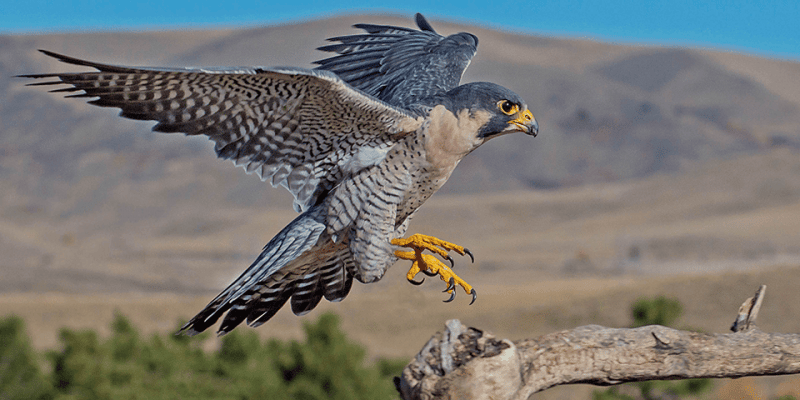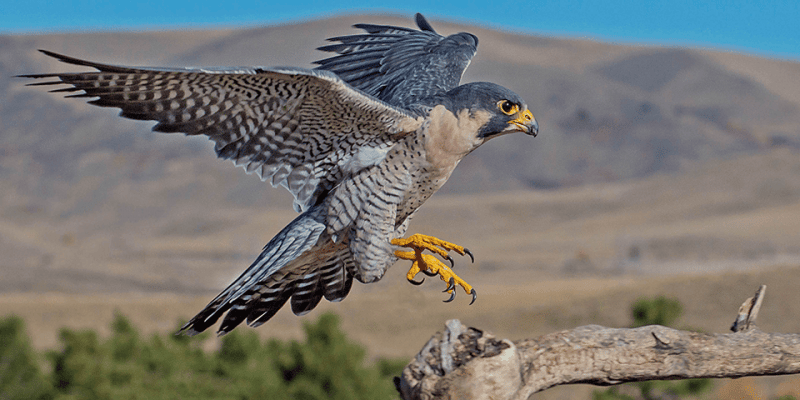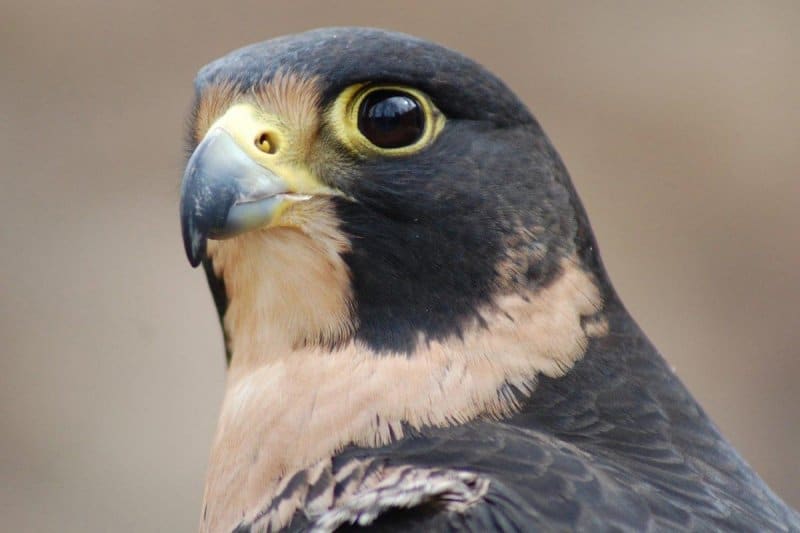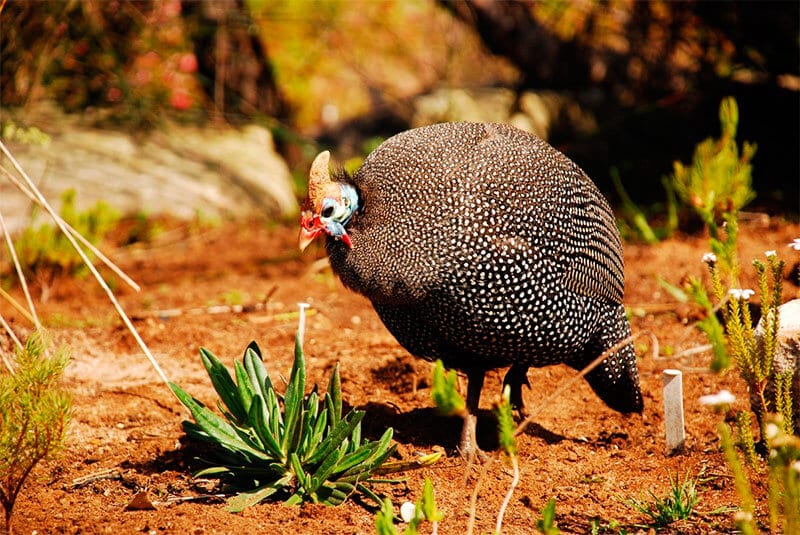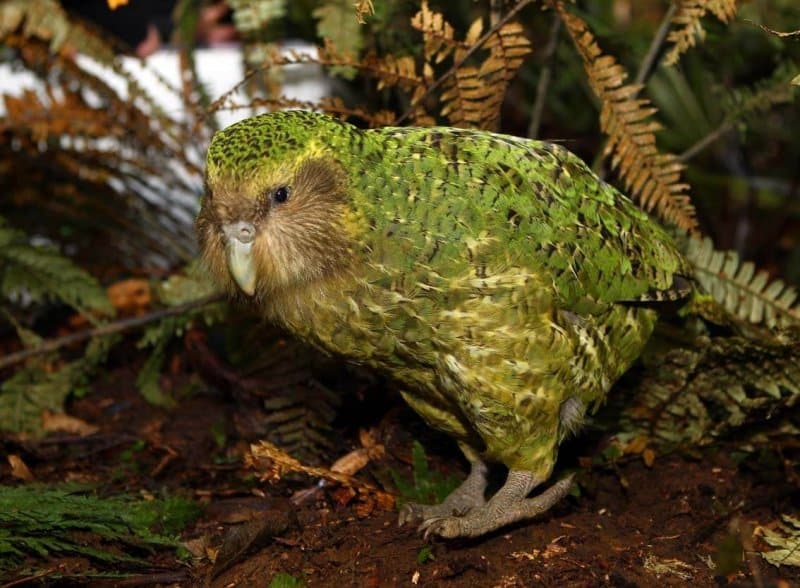Falcon – Information, characteristics and curiosities
The hawk (Falconiform) is a type of bird of prey belonging to the Falconidae family, there are 40 different species of falcons. They are related to the other types of hawks, eagles, vultures, and other raptors. Although they closely resemble hawks, they are more closely related to caracaras.
Peregrine falcons are the fastest animals in the world with record speeds of up to 320 km / h.
The hawk is the fastest animal in the world.
Types
These majestic birds are found on six of the seven continents, in fact one species, the cosmopolitan Peregrine falcon, has that distinction on its own. The range in size goes from the tiny south east asia hawk, a little black scissor hawk, even the huge Holoartic Gyrfalcon, whose females can measure almost a meter in length. also The group can be divided into four groups, the smallest of which are the aforementioned hawks, 5 small Asian species of the genus Micohierax they are voracious predators of flying insects. The classic genre of hawks, Falco, consists of 37 species, and contains most of the species we think of when we talk about the family, including kestrels.
Characteristics
A hawk is a medium-sized bird of prey. Its black crown, nape and black wedge create the appearance of a helmet. Their long, pointed wings are typically slate gray on top and back. Its throat and underside are white or cream in color, and it typically has black or brown bars on its sides and abdomen. It has blue rings on its eyes and legs that range from green to yellow, depending on the subspecies. Its sharp, hooked beak has a notch on the edge. Females outnumber males, or “tiercels.” Females weigh up to 1,350 grams and males up to 800 grams.
Behaviour
They have adapted to life in many cities and use tall buildings that provide suitable overhangs for nesting and rely on the large populations of city pigeons and starlings for food. They dive and catch their prey in the air.
Hawks mate for life and breed in the same territory each year. The male courts the female for about a month, using aerial displays. They nest, or scrape, on ledges and in small caves located on top of a cliff. Some falcons use man-made structures such as bridges and skyscrapers for nesting.
We can appreciate the majestic gaze of the hawk.
Habitat and distribution
This bird is one of the most widely distributed species in the world. It is found on all continents except Antarctica. It can survive in a wide variety of habitats, including urban cities, the tropics, deserts, and the tundra. Some migrate long distances from their wintering areas to their summer nesting areas.
Feeding
It is one of the fastest predators, they use a variety of techniques to search, attack and kill prey. Hawks feed on small birds like pigeons, which make up 20 to 60 percent of a hawk’s diet, depending on their habitat.
Hawks have excellent eyesight and can see their prey up to a mile away. Birds dive, or swoop, at over 300 km / h and catch their prey by surprise, catching it in the air, so the speed kills the prey instantly. Unlike owls, hawks hunt during the day.
Predators
Hawks have few natural predators. Large owls can be notable predators of hawks. The great horned owl of America, for example, will easily feed on both chicks and adults; the mortality of horned owls has even made it difficult for hawks to recover in some areas. Other large raptors, such as the golden eagle, can pose a risk, especially to vulnerable hawk chicks. Hawks also occasionally attack each other, although hawk aggression is usually related to territorial defense and not predation. Crows and gulls can make forays into hawk nests to search for eggs and young.
A wide variety of mammals, from rats and skunks to wolves and bears, promptly feed on hawk eggs or chicks if they manage to access a nest without being driven out by highly protective parents. Budding hawks that are not yet strong fliers could also be at risk for a large number of mammal hunters. Reptiles, such as snakes and lizards, can be skilled nest raiders of birds, including those of hawks.
Many types of parasites, from insects to fungi, can feed on the blood or tissue of hawks. These can be internal parasites, such as nematodes, or external, such as lice flies. An even more diverse set of creatures delight in dead hawks.
Such scavengers and decomposers include other vertebrates such as crows, vultures, and foxes, as well as a myriad of invertebrates and microorganisms. This decomposition of falcon carcasses returns raw nutrients to the local food web.
Reproduction
Falcons reach reproductive age at 2 or 3 years. Birds have eight courtship phases before mating begins. Mates are attracted to each other, usually with the male performing aerial feats for the female, then perching together on a cliff.
The two hawks go on a hunting excursion and courtship flights together. This precedes courtship, cliff feeding, mating, and previous nesting.
Nesting
The female lays three to four eggs, and both birds incubate them for four to seven weeks. They typically keep other hawks 3 kilometers away from their nest. Chicks chirp in egg shells around hatching time. The mother stays with the chicks while the male brings his food.
Hawks do not regurgitate their food for their young.
State of conservation
Some species of hawk are in danger of extinction due to pollution and wear and tear that we produce in the ozone layer.

